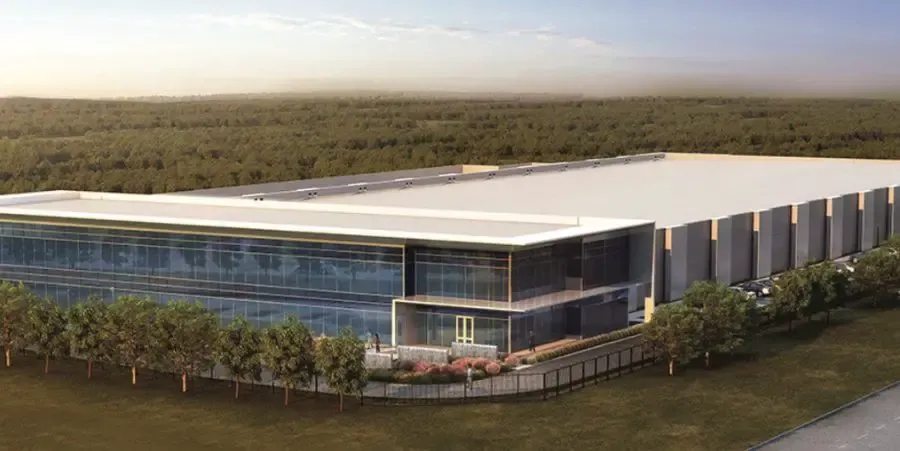Sandston — Community — Government — Top News — Business — William Mackey — Savage Station — Kelsey Capiello — Mark Perrault — Bland Goddin — White Oak Technology Park 2 — Sandston data centers — Hourigan — Henrico data centers — John Montgomery — Aileen Rivera — Joe Emerson — White Oak Technology Park
Henrico Planning Commission endorses Sandston data center proposal despite citizen concerns





